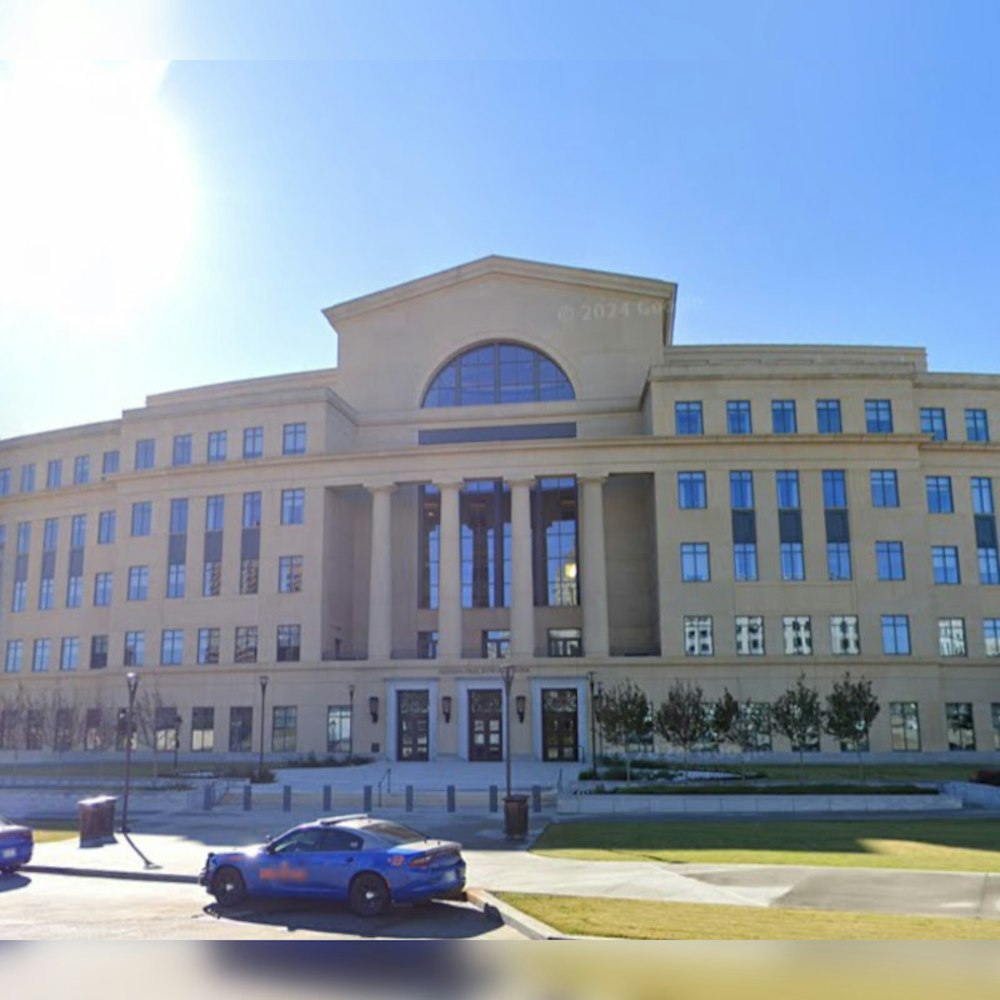
It's a second-place win for Austin as the metro area falls from its longtime leading position in the country's growth race. After more than a decade, the Austin-Round Rock-San Marcos Metropolitan Statistical Area (MSA) has been dethroned as the fastest-growing large metro region in the U.S., according to fresh Census Bureau estimates. The Texas capital's MSA saw an influx of over 50,000 residents, a growth rate of 2.1 percent, sliding into the 26th spot for most populous metro areas nationwide. Despite the dip, the Austin MSA still managed to snag the title of the seventh-largest numeric boost in population from 2022 to 2023, as reported by the City of Austin.
Lila Valencia, City of Austin Demographer, underscored this sentiment, "These population estimates show a continued trend of strong and rapid population growth for the Austin metro area even if we’re not at the very top of the list." But it's not all about numbers moving up; the shift from first place can be chalked up to historically low domestic migration within the last year. With more folks coming from outside the U.S. and fewer from within the Lone Star State or other states, the local movement isn't what it used to be.
Travis, Williamson, and Hays, Austin's biggest counties, all experienced dips in net migration. Travis County, in particular, is facing a troubling trend—more residents are packing up and heading out than settling in, creating a deficit in the local population. Williamson County remains an outlier, however, earning a place among the fastest-growing counties in the nation and bagging a spot in the top ten for numerical growth.
Six of the ten counties with the fastest growth spurt and eight of the ten with the highest numeric change nationally were located in Texas in 2023, although none of the Austin MSA counties, except Williamson, cut. Valencia provides insight into this demographic shift, stating, "Historically, the Austin metro area receives about 50 percent of domestic migrants from other parts of Texas and about 20 percent from out of state." She notes that more detailed migration flow data in the future will provide a clearer picture of the Austin metro's new residents and their origins.
The significance of these new numbers extends far beyond local interest, as they are essential for the federal government's allocation of billions in funding for a variety of programs, from social services to infrastructure projects. Moreover, these statistics will be instrumental in redrawing legislative districts, impacting the balance of power at multiple levels of government. The U.S. Census Bureau's next release in May is set to provide more granular data on city and town populations, which will further shape the understanding of America's demographic contours.









